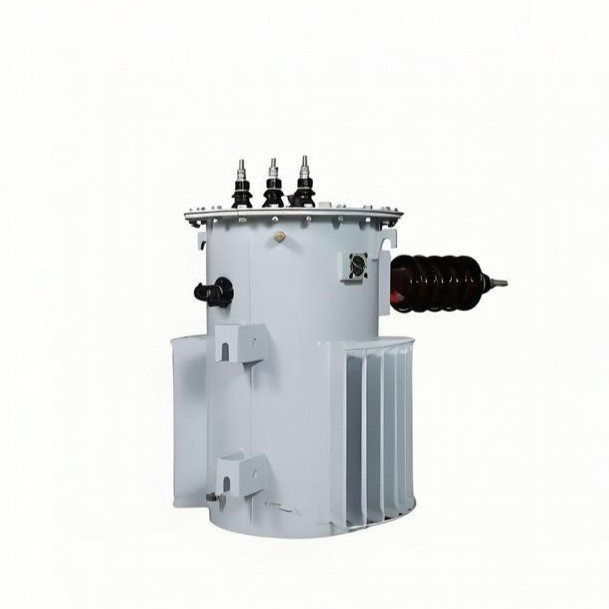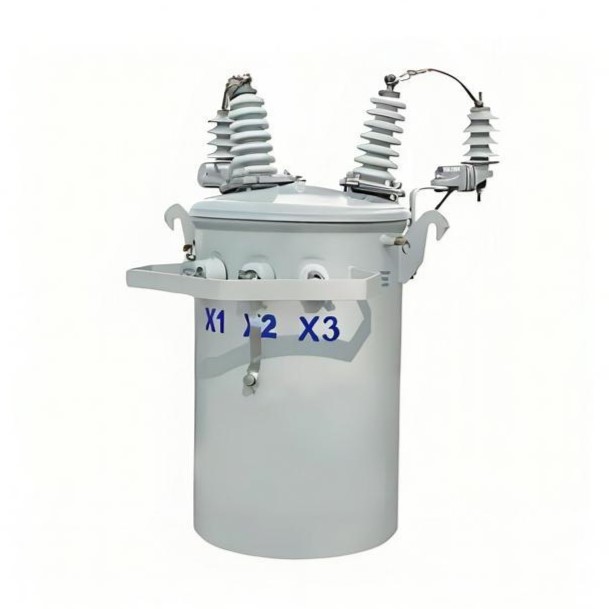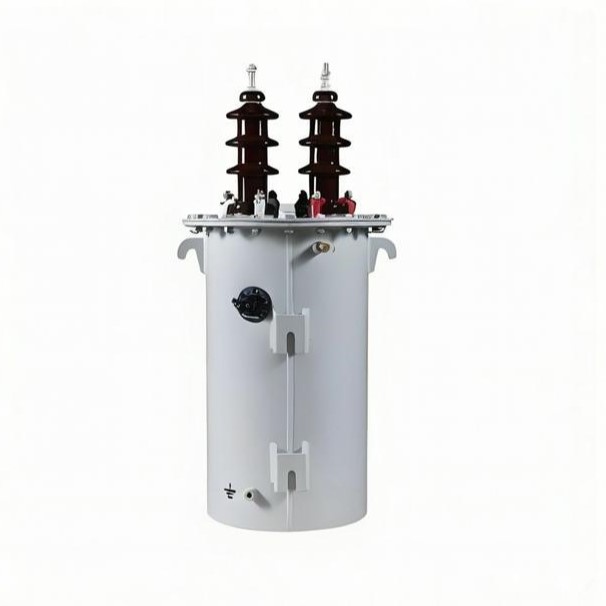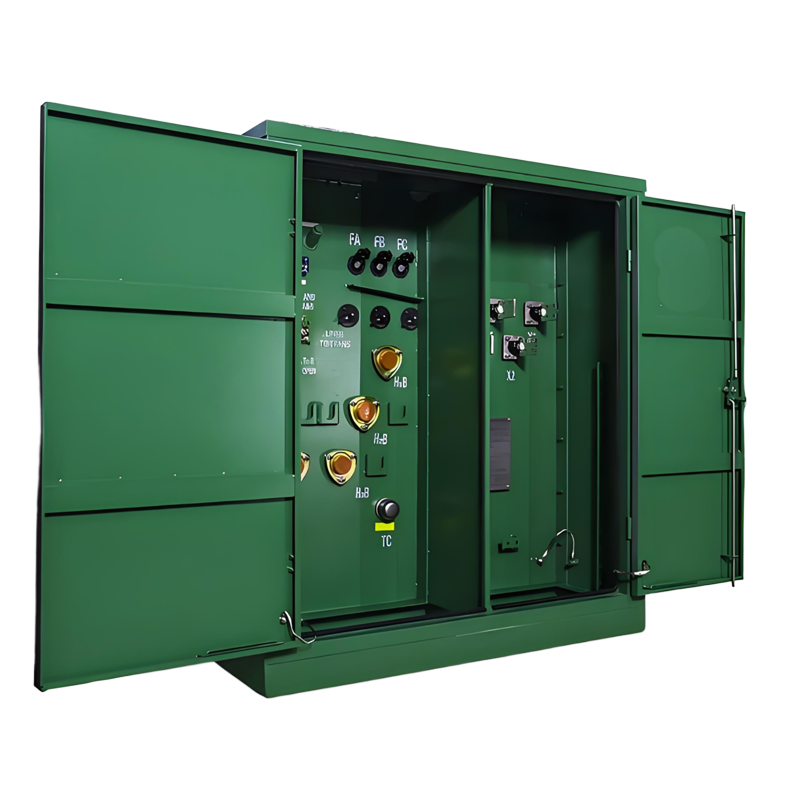Integrated Solution: Pad Mounted Transformers Enhancing Efficiency and Reliability in Distributed Solar PV Systems
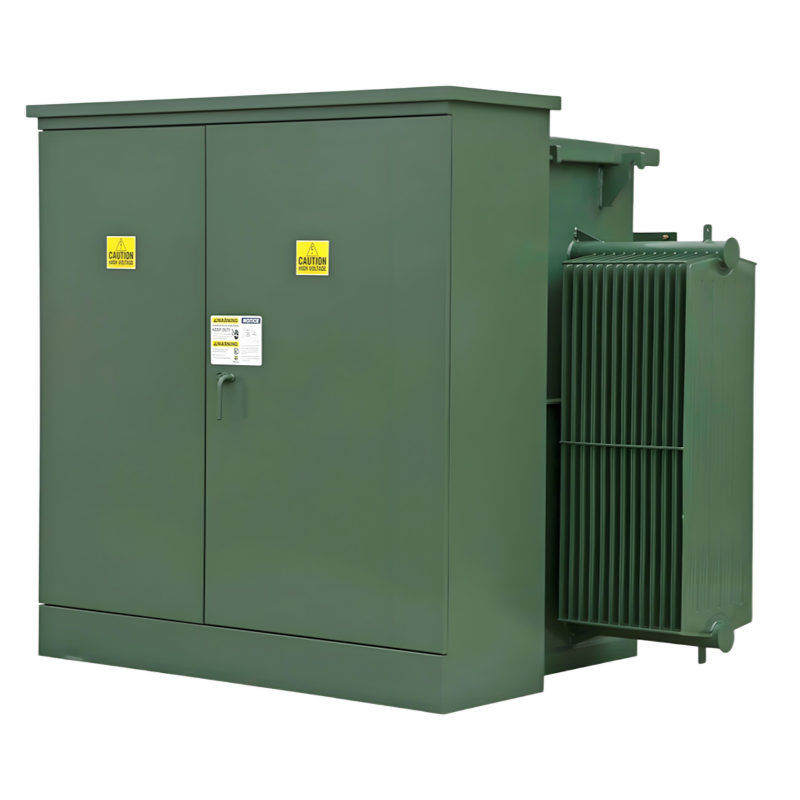
1. The Core Role of Pad Mounted Transformer (PMT) in Distributed PV Systems
A Pad Mounted Transformer (PMT) is a fully sealed, box-type transformer installed directly on a ground-level concrete pad (pad). It is suitable for voltage step-up and grid interconnection in distributed photovoltaic (PV) power plants. Its primary functions include:
- Voltage Transformation:Steps up the low-voltage electricity output from PV inverters (e.g., 0.8kV) to 10kV or 35kV to meet grid interconnection requirements.
- System Integration:Integrates high-voltage switches, protection devices, and metering equipment, reducing the footprint and enhancing system reliability.
- Safety Isolation:The fully enclosed design provides dustproof, moisture-proof, and corrosion-resistant capabilities, enabling operation in harsh outdoor environments.
2. Pad Mounted Transformer Key Technical Parameters and Selection Guidelines
2.1 Capacity Matching Principle
- Capacity Calculation:Must be slightly larger than the PV system's maximum output power (typically configured at 1.1~1.2 times the rating).
- Example: A 19.9MW PV project equipped with 8 units of 2.5MVA PMTs (total capacity of 20MVA).
- Voltage Level:Select 10kV or 35kV based on the grid connection point voltage (e.g., an 8.3MW project in Shanghai utilizes 10kV grid connection).
2.2 Core Selection Parameters
|
Parameter |
Requirement |
|
Efficiency |
≥98.5%, reducing transmission losses |
|
Protection Class |
IP54 or higher (dustproof and waterproof) |
|
Insulation Material |
Epoxy resin cast dry-type transformer (fire-resistant, pollution-free) |
|
Cooling Design |
Forced air cooling or natural cooling, with temperature rise ≤85℃ |
2.3 Compatibility Design
- Inverter Matching:The input voltage range must cover the inverter's output voltage (e.g., 0.8kV → 10kV).
- Protection Device Integration:Built-in fuses, surge arresters (lightning arresters), and temperature sensors; interfaces for external anti-islanding protection and fault isolation devices.
3. Pad Mounted Transformer System Integration Schemes
Intelligent Monitoring Integration
- Sensor Configuration:Real-time monitoring of temperature, current, and voltage.
- Communication Interface:Supports Modbus or IEC 61850 protocol for integration into PV monitoring systems (e.g., Acrel-1000DP).
- Safety Protection:
Anti-islanding device:Disconnects within 0.5 seconds after detecting grid power loss.
Arc detection:AI-enabled intelligent arc fault identification (e.g., Huawei solution).
4. Pad Mounted Transformer Typical Application Case Studies
4.1 19.9MW Distributed PV Project
- PMT Configuration:8 units of 2.5MVA pad-mounted transformers, deployed near 4 substations for close connection to 10kV distribution rooms.
- Results:Annual power generation of 14.95 million kWh, system efficiency >80%, reduced cable length by 30%.
4.2 Shanghai 8.3MW Rooftop PV Project
- Solution Features:
- 5 PMTs (2 units of 2.5MVA + 2 units of 1.6MVA + 1 unit of 0.8MVA) matched to groups of inverters with different capacities.
- Fiber optic ring network for data transmission, enabling remote power forecasting and dispatch response.
4.3 Environmental Interference Resistance Design
- High Wind Areas:Strengthened mounting bracket fixtures (e.g., wind load-resistant components).
- High Humidity Environments:Use anti-salt spray coatings (for coastal projects) and inverters with Potential Induced Degradation (PID) recovery function.
5. Economic Benefits and O&M Optimization
5.1 Investment Return (ROI):
- Changchun 500kW Project:Annual generation 584,000 kWh, self-consumption rate of return 12.2%, payback period ≈5.3 years.
5.2 Operations & Maintenance (O&M) Strategy:
- Intelligent Diagnostics:IV curve scanning for real-time fault component localization.
- Preventive Maintenance: Overload risk alerts for transformers based on temperature data.
